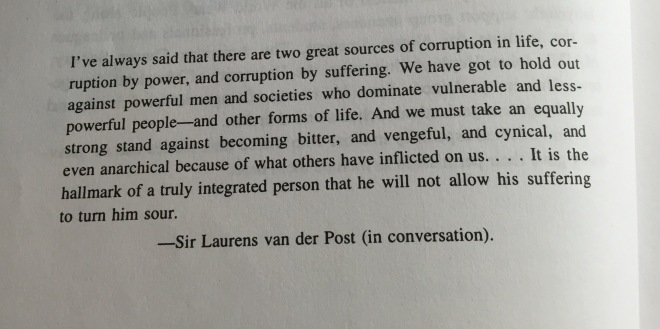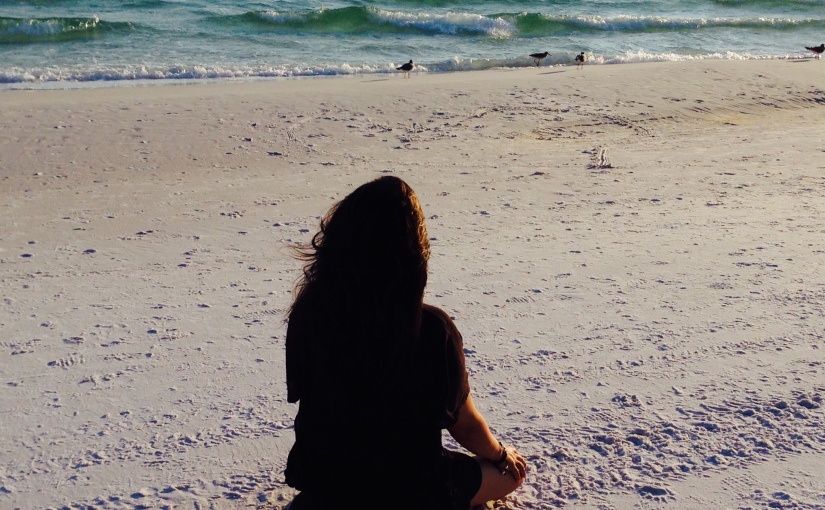each time someone experiences depression, it seems to be born anew although so much has been said about it. like falling in love or getting older, it is a new experience that begs to be realized uniquely. it is usually so gradual and silent, that the person becoming depressed does not even realize this is different. it feels more like “new me” than “not me.”
although different for everyone, these symptoms seem common: you start withdrawing, you stop enjoying the things you enjoyed before, you have less energy, things start seeming like a drag, you become more irritable, the lens that you look at the world through seems more negative, you are less hopeful, more sad. i think our ego tries to make sense of this and even creates rationales for why… “they weren’t great friends anyways,” “that hobby was a waste of time anyways”… maybe there is a psychic conservation of energy going on.
when someone is extremely depressed, 10/10 on the depression scale, it is more noticeable. the starkness of the difference makes itself known, usually. however between 2/10 and 8/10 is a wide zone of depression that can closely mimic normalcy. given the way things are in the world, how much pain and suffering there is, how much struggle there is, how unhappy and troubled most people seem, being depressed can seem more “normal” and status quo than not being depressed. in fact i know people get judged for being “too happy” or “too positive and woo woo.” it is possible that people even find you annoying unless you’re complaining about something or venting about how busy you are. again, like Brene Brown said, being busy is a status symbol. she even said (paraphrasing) that in some of her circles she will be eaten alive for being happy and pleasant.
the frightening part of the slow pervasive depression is the loss of agency, loss of potential and loss of the true livability and enjoyment of life. we can spend years in these semi-depressed/depressed states and it seem completely normal. so many of us settle for less happiness than we are capable of because we buy into the idea that life is supposed to be a struggle. we misinterpret challenges that help us grow as punishments, insurmountable obstacles and personal attacks. sometimes, tragically, the Buddhist idea of “life is suffering” is misinterpreted and adhered to too strongly (more on this here).
this is a call to not give in to depression and to wake up from the trance of it. it can happen due to situations or biology or both. they feel very similar. those chemicals in our brain can act up (hormonal issue, genetic predisposition, other factors) and suddenly things start sticking more, more rumination happens, more despair is experienced. women who experience pre-menstrual syndrome can see this more experientially, all of a sudden you are crying at commercials or become highly irritable. the shift does not have to be much and it is powerful! the fact that it happens like clockwork is an easy way to see how chemically modulated our moods can be.
the stigma of having “mental health problems” is not diminishing fast enough. maybe we can rename depression to “feeling bad” and it will be more acceptable to talk about. chemically, it is not different from how diabetes or any chronic disease works. and just like it is not possible to cure diseases by “trying harder,” chemical depression does not go away on its own. i can see why there is some semblance of control when it comes to mental health. it gets tricky because it’s a chicken or egg situation. see once we’re depressed, we start withdrawing and then it feels like we are causing what is happening by choice.
yet just like in diabetes, there is an element of lifestyle choice. exercising, eating well, taking care of ourselves, DOES help. but it may not be enough. and it may not be possible when there is no energy. we have to be kind and accurate when we look at where we are and what we need to do.
non-chemical depression is also not “normal” and should be treated. it is also not a choice. in these cases i think depression serves as a symptom that provides the clue that something is wrong in the dynamics of our psyche. perhaps it is our psyche calling out for help. whether it’s a result of trauma or repression or functioning lower than our capacities, needs to be explored.
our souls seek to be happy, content, fulfilled… it hungers for authenticity and connection. when we become disconnected from our core, we become weary and disappointed with life, often forgetting that there are clues to grow in what we feel, if we stop to look at it. if i can look at the depression and try to understand where it is coming from instead of trying to violently swat it away or letting it be a chronic hum i get used to, i agree to work with it. the Buddhists say that every challenge has its own answer embedded in it. but we have to work with it, abide with it, enough to be able to learn and grow from it.
© The Paradox of Being. Unauthorized use and/or duplication of written material, ideas, and images without express and written permission from this blog’s author is strictly prohibited. Links to the original content on this blog may be provided.









